Air source heat pumps are an efficient way to heat your home in the winter. They use outside air to generate and circulate hot air, which can be used to heat or cool your home.
Air source heat pumps work better in cold climates than traditional central heating systems because they don't waste energy by producing too much heat for use during the day when it's not needed.
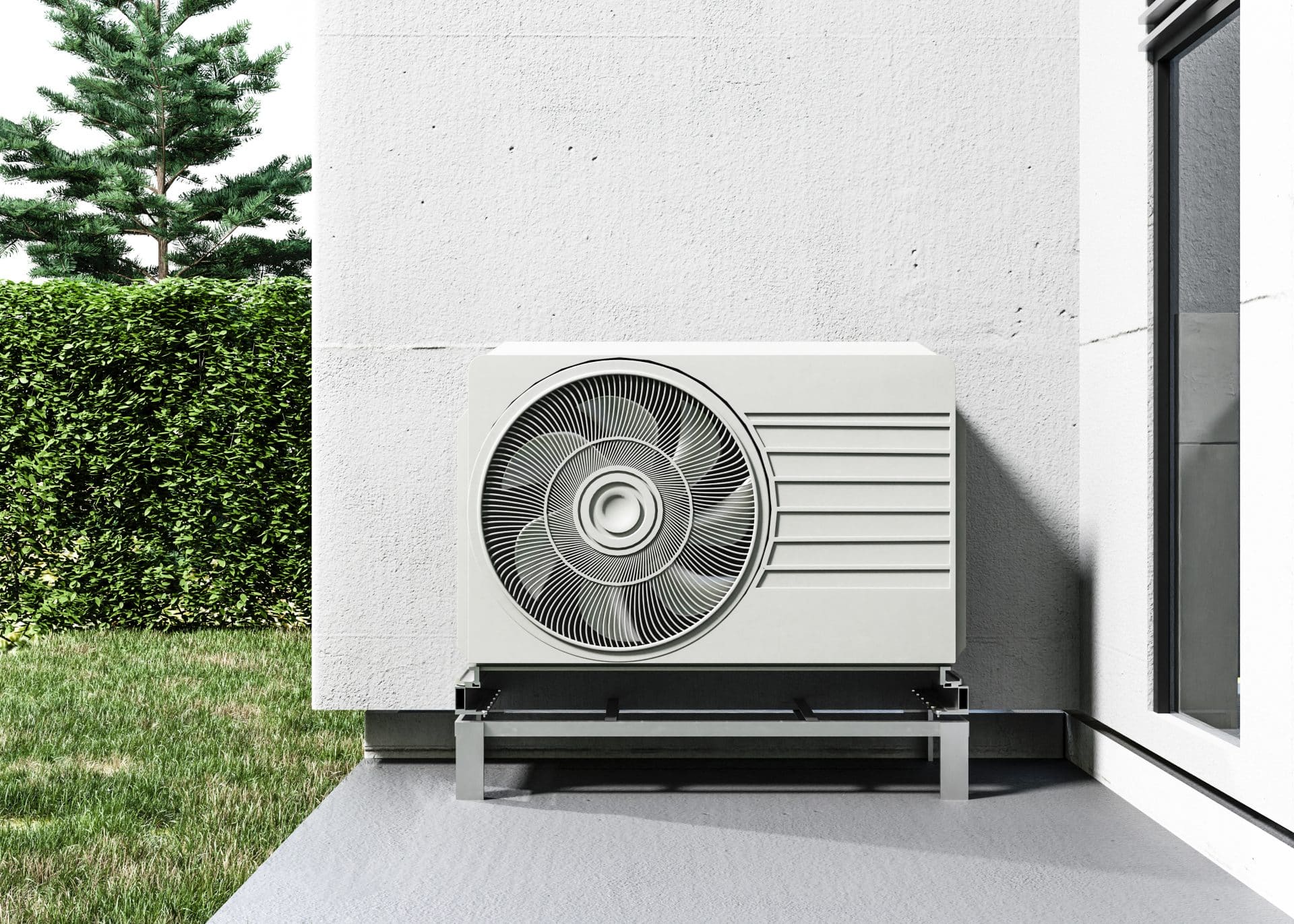
If you're looking to heat your home in winter, air-source heat pumps are the most efficient option. They use electricity from the grid or solar power to create warm air that enters through windows and vents around your house. This process is called convection heating because it relies on hot air rising up through ducts and vents into rooms where people spend time.
Gas boilers are second best because they also use gas as fuel, but they offer less efficiency than electric or even solar-powered heaters when compared with other types of heating systems (such as furnaces).
Electric space heaters are less efficient still: they consume more electricity than other types of heating systems while providing less warmth per unit of energy used.
An air-source heat pump is a device that extracts heat from the air outside and transfers it into your home. In winter, this means using electricity to power a fan that creates a vacuum, which draws warm air in through ducts and vents around your house. The cold outside air then cools as it enters your home and exits through those same vents.
The process works like this:
Heat pumps are more efficient than other heating systems. In fact, they can be up to 50% more efficient as long as you’re using the right configuration for your home and climate.
The most common types of heat pumps include:
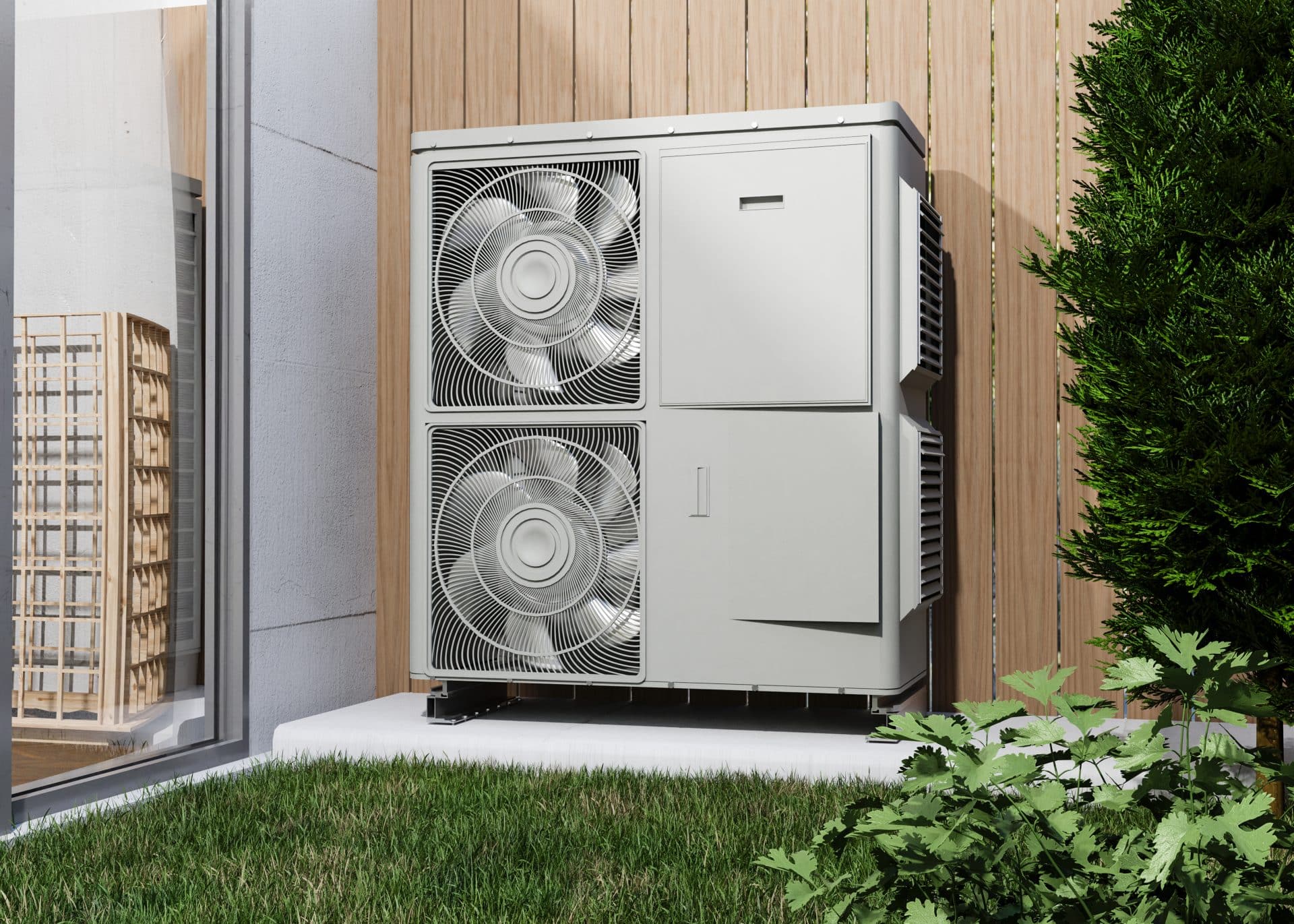
Air-source heat pumps are a great option for your home in the winter. They operate at low temperatures and can be installed in a variety of locations, making them versatile. They also don't require a boiler, so they're much more efficient than traditional warm air systems.
The only downside to an air source heat pump is that it may take longer to heat up than other types of heating systems.
An air source heat pump system can help you save money in a number of ways. First, it will be able to provide more efficient heating by using less electricity and maintaining lower temperatures. This means that you won’t have to run your central heating as often or heat your house as much during the winter months.
Secondly, an air source heat pump system is one of the most energy-efficient options available on the market today—and they’re getting even better. As technology improves over time, so do our options for reducing our carbon footprint while still enjoying the comfort at home during those cold winter months!
Thirdly (and finally), once installed correctly by professionals who know what they're doing, you'll see a return on investment within 3-5 years, depending on where you live/work/play, etcetera.
If you want to install an air source heat pump, there are a number of grants available from the government and local authorities. The interest rate on these loans may be higher than that on a personal loan, but they do offer more security.
Check our article about the Boiler Upgrade Scheme, which provides you with all the necessary information.
Air source heat pumps are the most common type of heat pump. They work by circulating warm air through an underground loop or tube that's chilled, then extracted from the ground for use in your home. The ground source heat pump is a similar concept but uses frozen water to improve efficiency.
Ground-source heat pumps rely on buried pipes to transfer hot water from surrounding soil directly into your home's system rather than relying on outdoor air temperatures as with air-source models (which can be more expensive).
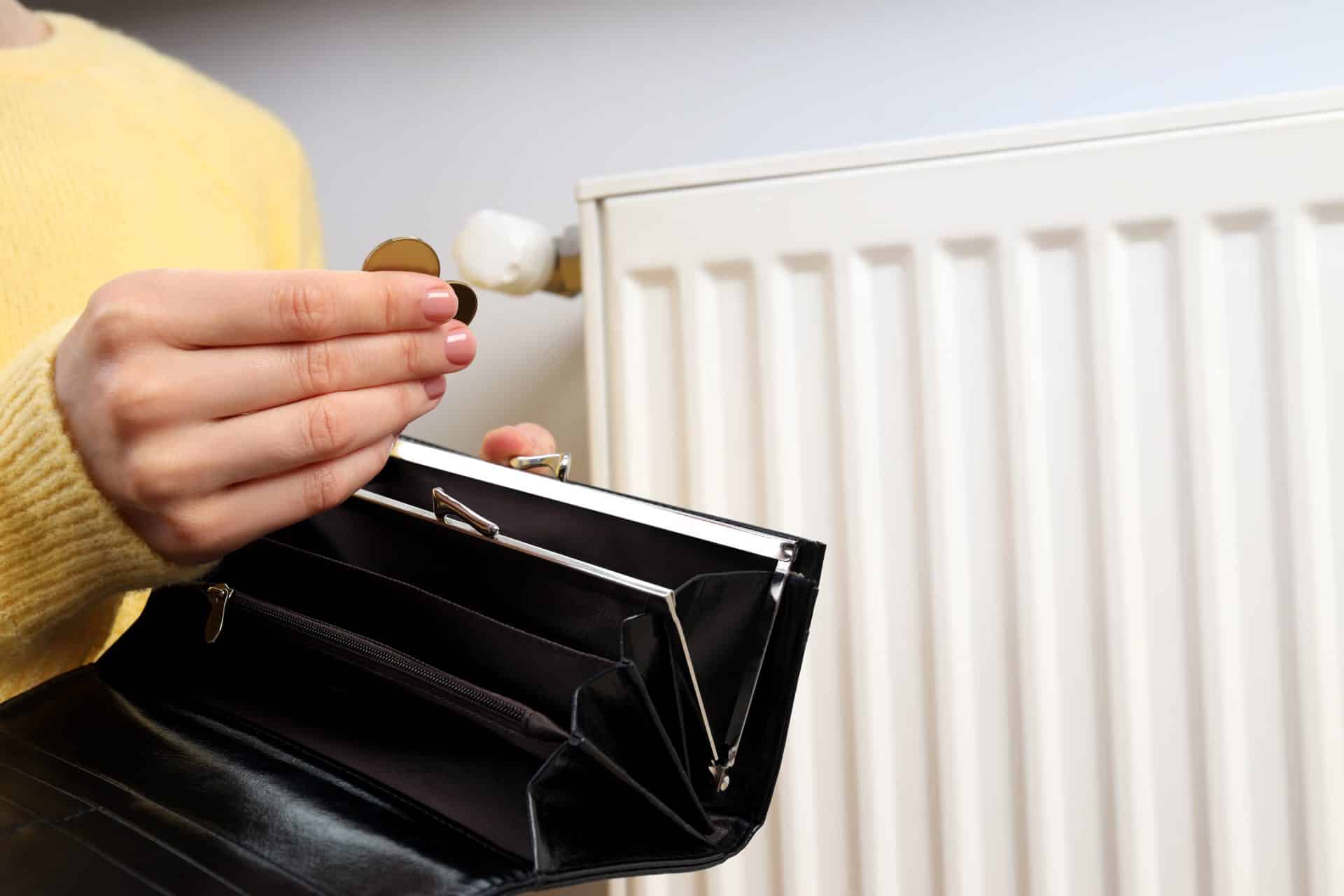
Heat pumps are an energy-efficient way to keep your home warm and reduce energy bills. They can be used in both heating and cooling modes, meaning that you can choose how much heat is needed for the room or how much cool air is needed to make it comfortable.
Heat pumps work by using a small amount of electricity from the grid and generating their own power through a series of fans, which generate hot air and cold water at the same time. This makes them more efficient than other forms of heating such as electric radiators or radiators with thermostats attached to them (e.g., forced hot water systems).
The Boiler Upgrade Scheme is designed to help homeowners, self-builders and landlords upgrade their properties from gas/oil boiler (or electric heating) to an Air Source heat pump. The scheme works by offering a voucher of up to £5000 towards the work needed to upgrade.
End User will need to have the system installed by an MCS-approved installer to take advantage of the scheme. MCS register installers can be found here.
Air Source Heat Pumps can be found here.
Energy prices are already at record levels and are set to continue to increase
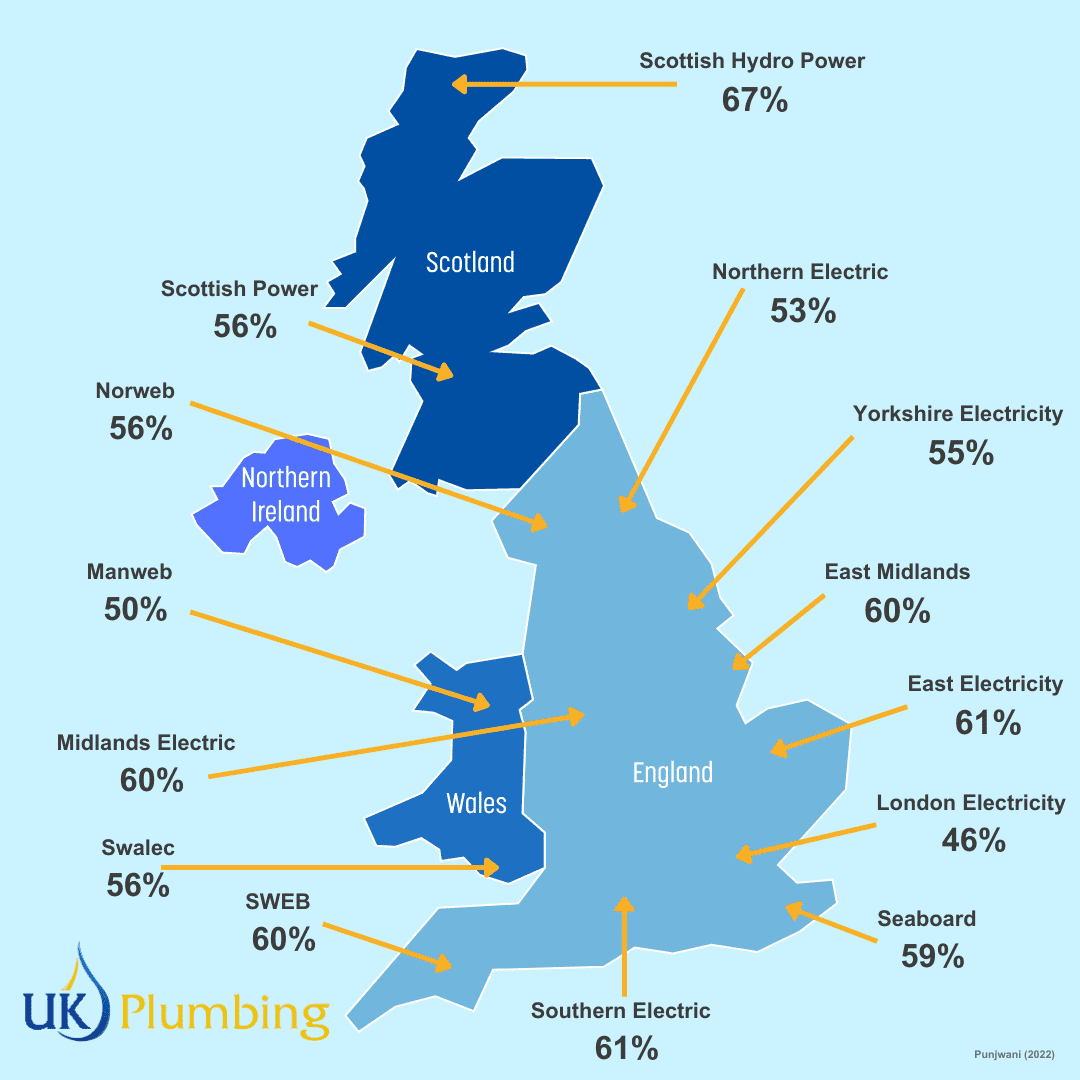
What’s the point of paying for electricity if you’re not using it? Even though your appliances and electronics are turned off, they’re still using small amounts of energy. Turning off appliances and electronics means you’re stopping waste in your bank and reducing greenhouse gas emissions. We suggest plugging less frequently used electronics into a separate socket so that there not switched on even when you’re using something else.
Electronics that use standby power include:
An easy way to save electricity in your home is to clean out your fridge. Your fridge and freezer run 24/7 making it one of the biggest drivers of energy usage on your bills.
Getting rid of thick ice in your freezer means the appliance runs more efficiently to save your bills.
The coils under your fridge remove warmth from the unit. When the coils get dirty, they won’t lose heat as easily. Removing this dirt and dust will reduce your bills and make your home more energy efficient and can extend your fridge's life.

After you finish cleaning the coils, leave a few inches between the back of the fridge and the wall to allow air to circulate better.
LED lighting is extremely energy efficient and the push around these light bulbs is completely justified. On average LED light bulbs are four to five times as efficient as incandescent lights and measurably more efficient than fluorescent lighting. This is due to producing a large amount of light at a lower wattage, resulting in huge savings over the year.
Your average electricity bill will vary depending on how many people are in a household, having a better understanding of your electricity bill means you won’t pay more than you need to.

Not only will LED lights to save you money but are more environmentally friendly as this light contains no toxic chemicals, win-win!
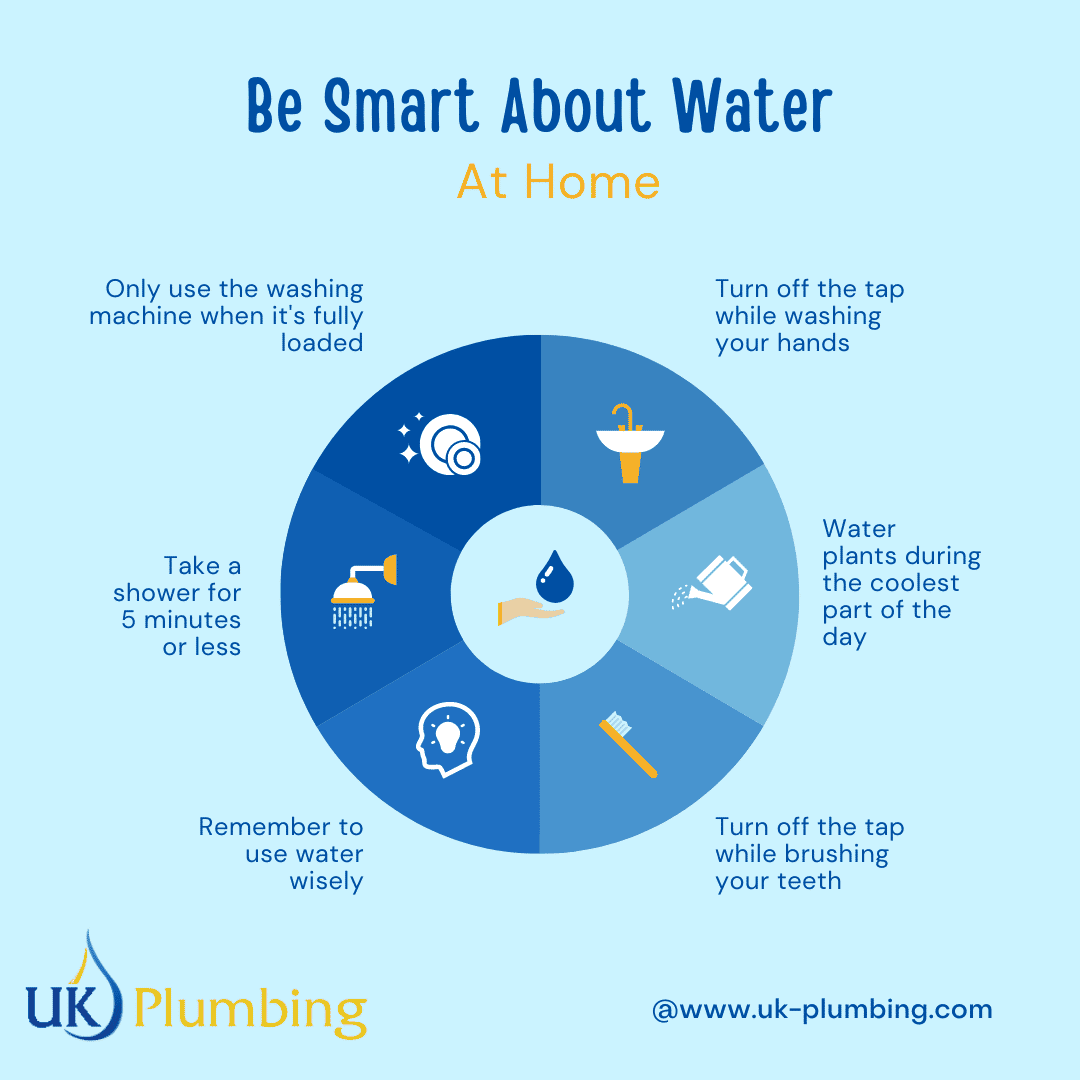
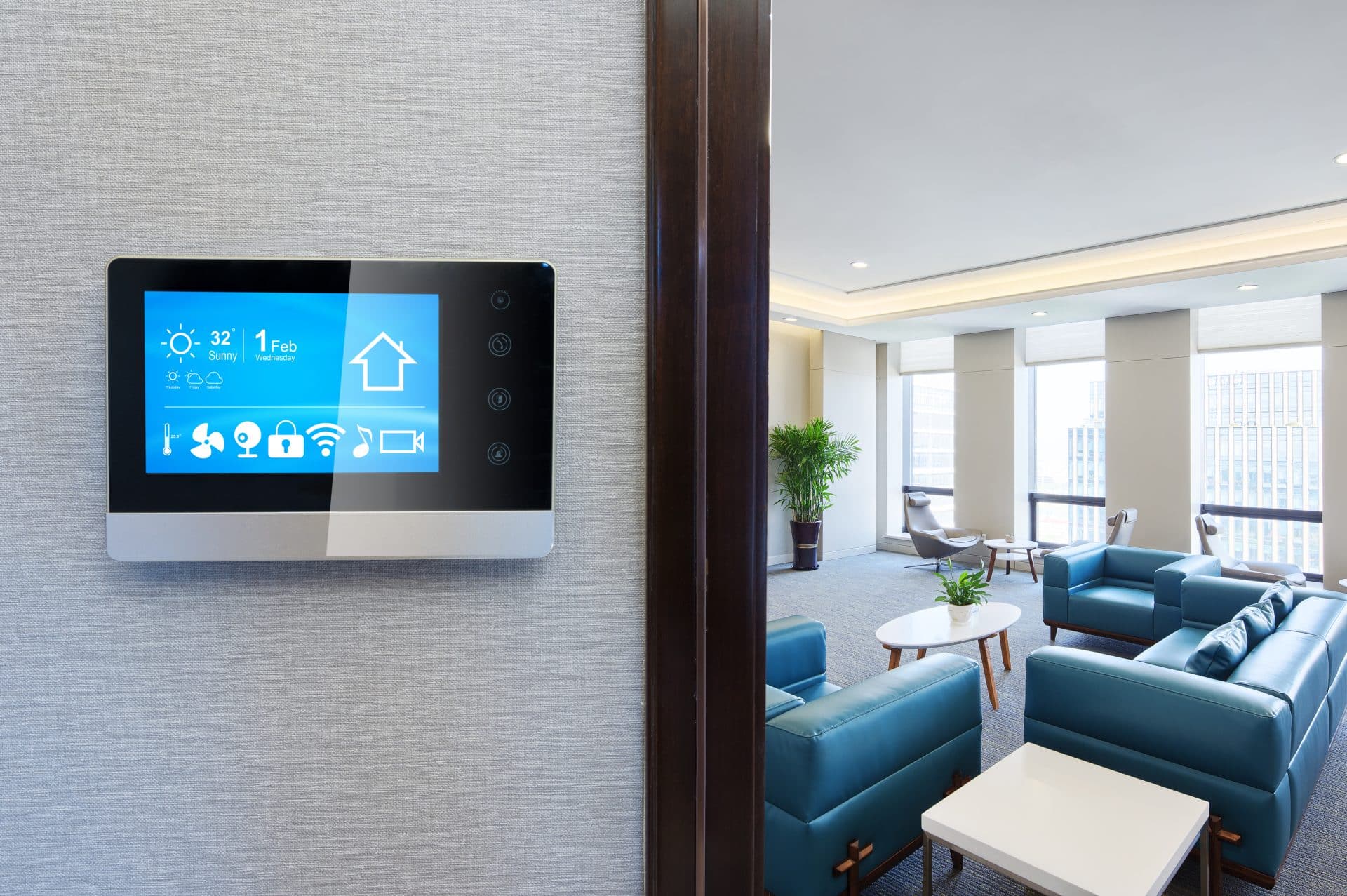
Did your last month’s bill seem more? With a smart thermostat, you can track your energy usage using real-time data. You can see when you used the most energy in your home and how this can affect future bills, it also offers suggestions to save energy!
Smart thermostats can make your heating more efficient by only warming the rooms you are using. This can be controlled by your phone which means you can have your home at the right temperature at the right time. So you don’t have to go back to a cold home!
Old boilers cost more to run than new ones, upgrading your boiler can help save significant amounts. Although buying a new boiler can cost up to £4,000 and isn’t initially a cheap purchase, that one large sum will save money on your bills over time.
Depending on your household regular boilers are brilliant for large families who need plenty of hot water. Whereas smaller households who need less hot water can save money with a combi boiler. Speak to our team of experts and look at our products.
Radiators are commonly used in your home but are the least cleaned appliance. Built-up dust can cause your radiator to stop working efficiently and ultimately increases your heating bill.
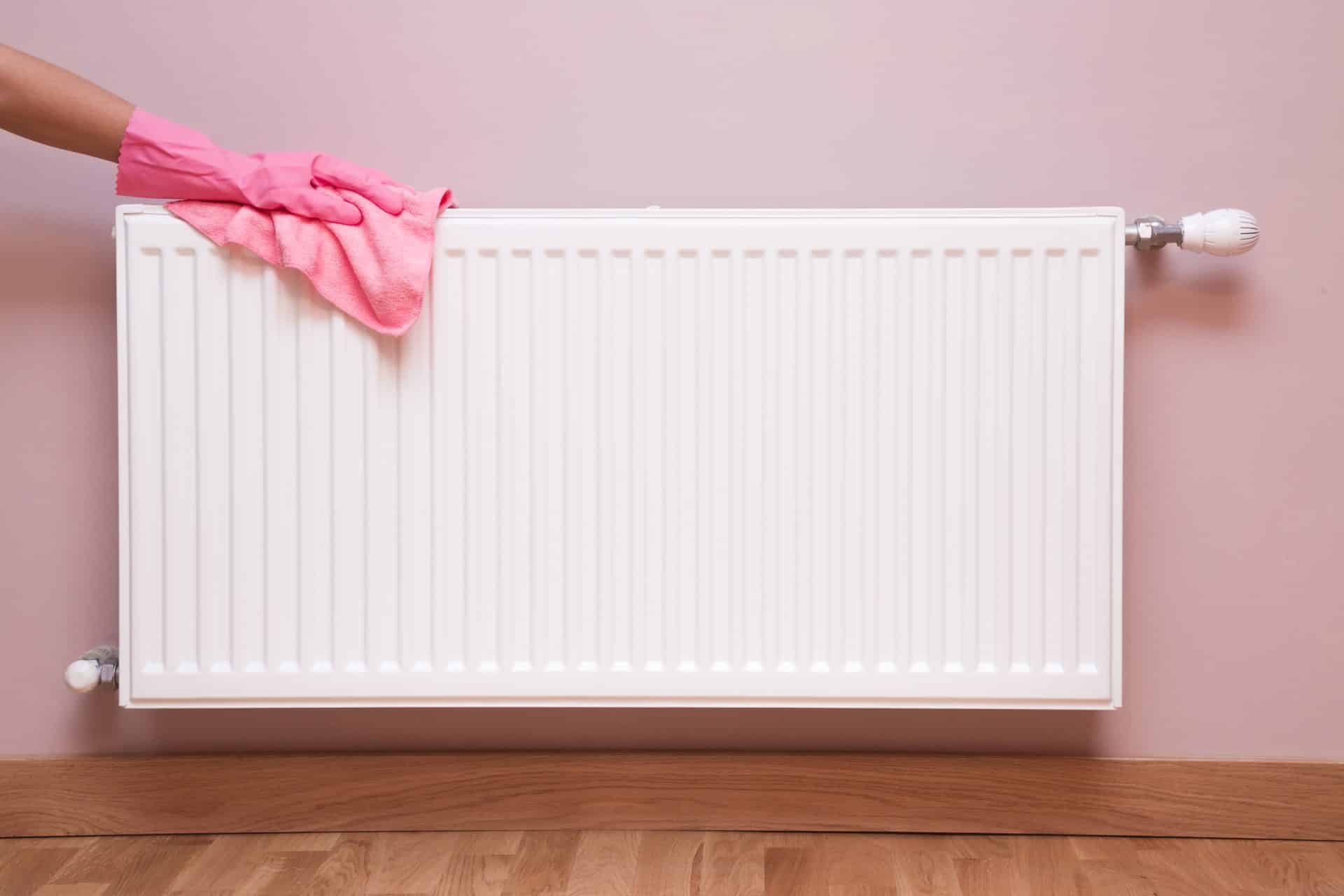
Top Tips:
You should set the thermostatic radiator valves in each room at a low level, then gradually turn them up until the room’s left at a comfortable temperature. Turning up the valves won’t make your room heat up any faster it will just continue to heat the room.
Make sure to position furniture away, this easily reduces your heating bills as your home will be able to circulate efficiently.
If you make everyday small changes this has a large impact in the long term on your energy and heating bills and you’re running a more sustainable lifestyle!
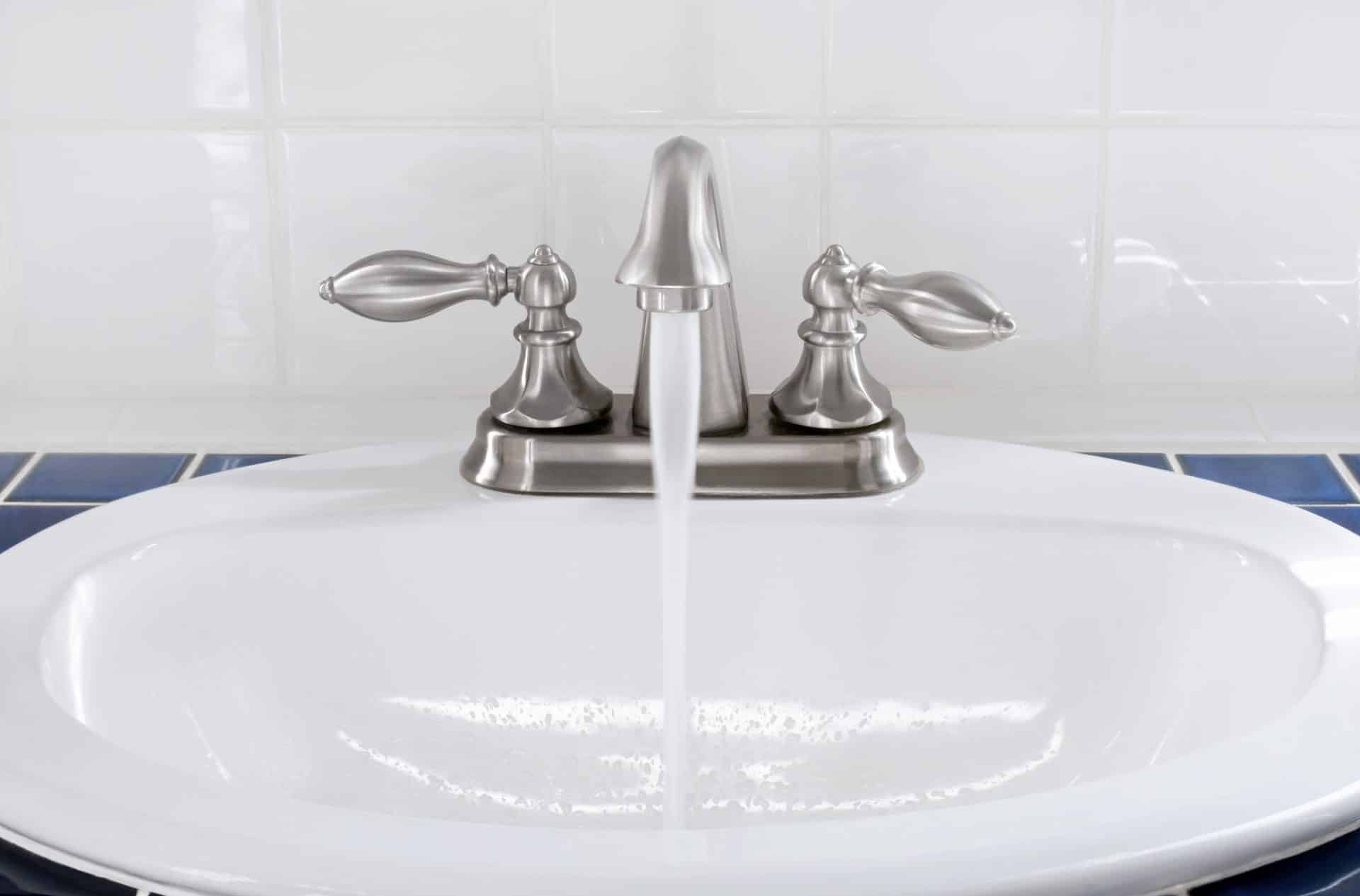
Brushed Nickel is a common choice for modern bathrooms as it adds a statement to your home. Interest from consumers in brushed nickel has increased over the last twelve months, as sales have seen a 60% rise (Origins living, 2022).
Brushed Nickel is thought to age better than traditional stainless steel as well as has a softer-looking design.
First of all, Brushed Nickel requires low maintenance and is easy to clean due to the textured surface hiding watermarks and fingerprints. Metal such as Chrome tends to require extensive upkeep to maintain due to the reflective surface.
Another benefit is that it looks more expensive than Chrome. While it isn’t necessarily as trendy as a brushed gold or a matte black finish, Brushed Nickel appears more premium as well as aesthetically appealing.
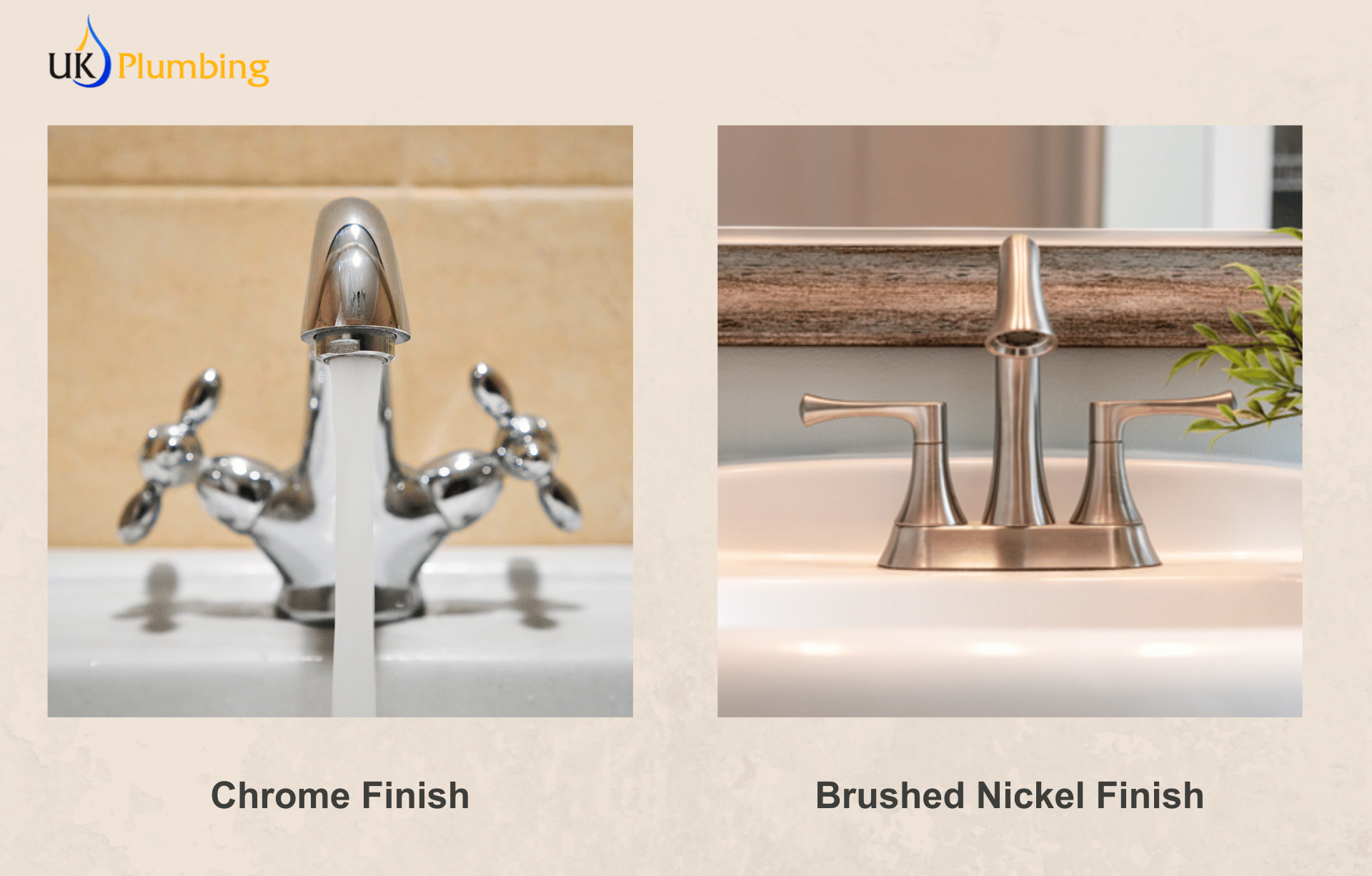
Brushed Nickel and Brushed Chrome are the two most common finishes. Both are durable and, most importantly, close in cost. Although Brushed Nickel and Chrome share some qualities, Brushed Nickel finish tends to hold up longer than Chrome.
When choosing showers, you look for one with high durability. The prolonged exposure to moisture and humidity in a shower requires the resilience of Brushed Nickel.
Lastly, if you have a warm colour theme featuring oranges, reds, and yellows, Brushed Nickel will be the perfect finish to compliment your bathroom.
The most common bathroom accessory that comes in brushed nickel is a tap. Designers also recommend paying attention to showers and mirrors. However, we collected some unusual accessories for you to create a trendy and unique design.
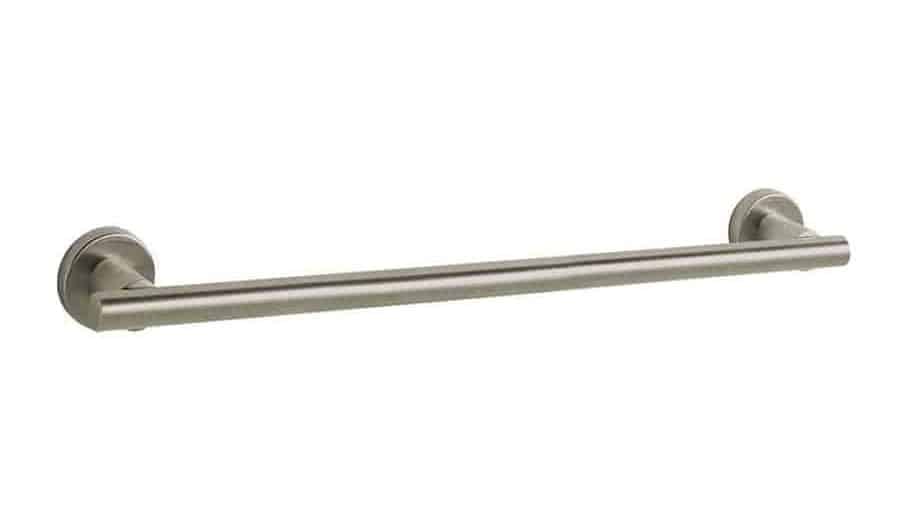
Towel bar is a perfect way to dry your towels quickly. Moreover, it can bring comfort and uniqueness to every bathroom. It is time to get rid of an old boring metal towel rack and choose a stylish and durable one in brushed nickel.
No matter whether you are into the loft, Scandinavian or classic interiors. It will suit any taste and budget.
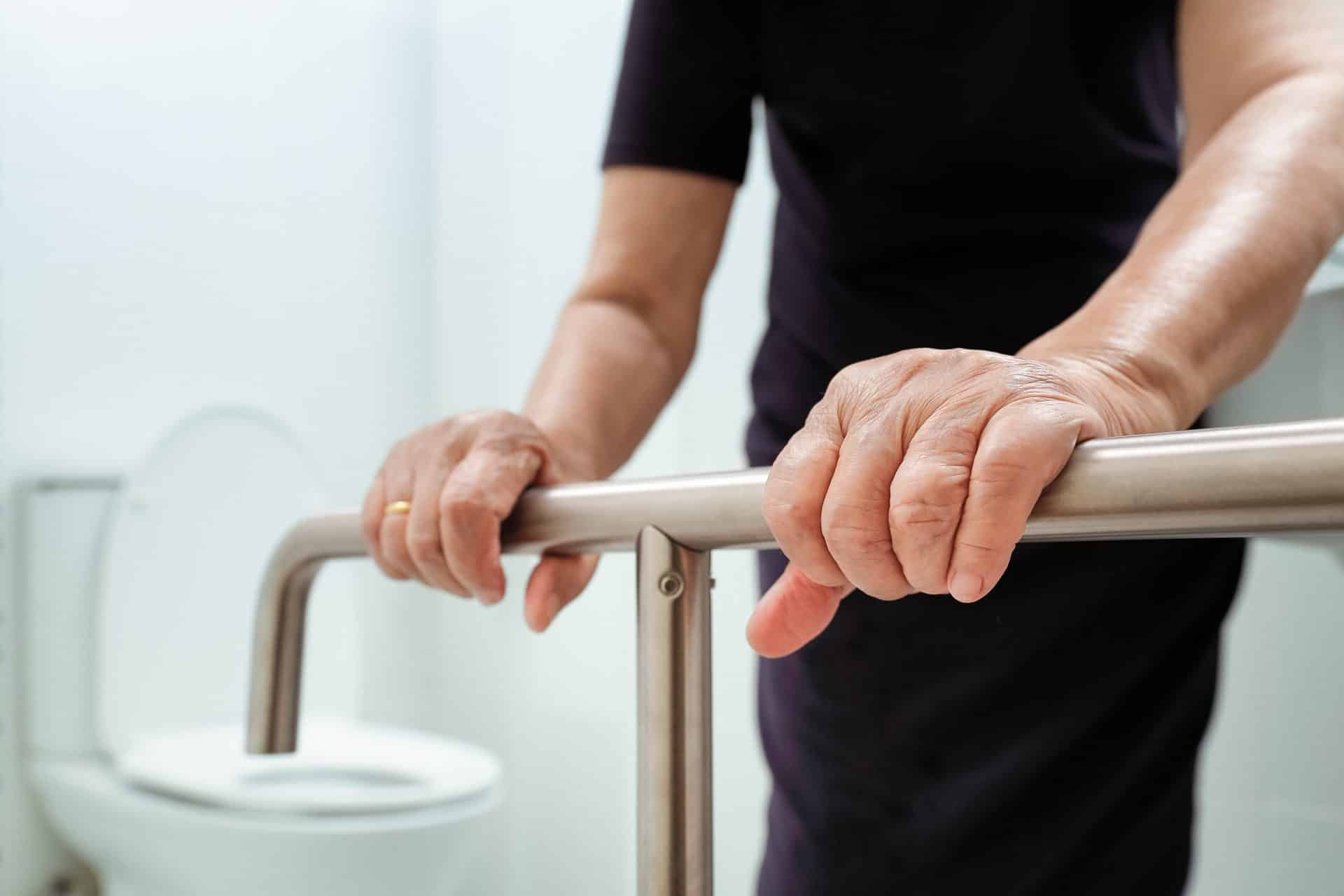
Grab bar is a safety device designed to enable a person to maintain balance, lessen fatigue while standing, hold some of their weight while maneuvering, or have something to grab onto in case of a slip or fall.
Grab bars should be both comfortable and stylish. A brushed nickel finish is an excellent choice because it is unusual and easy to clean. Choose one to add something special to your bathroom.
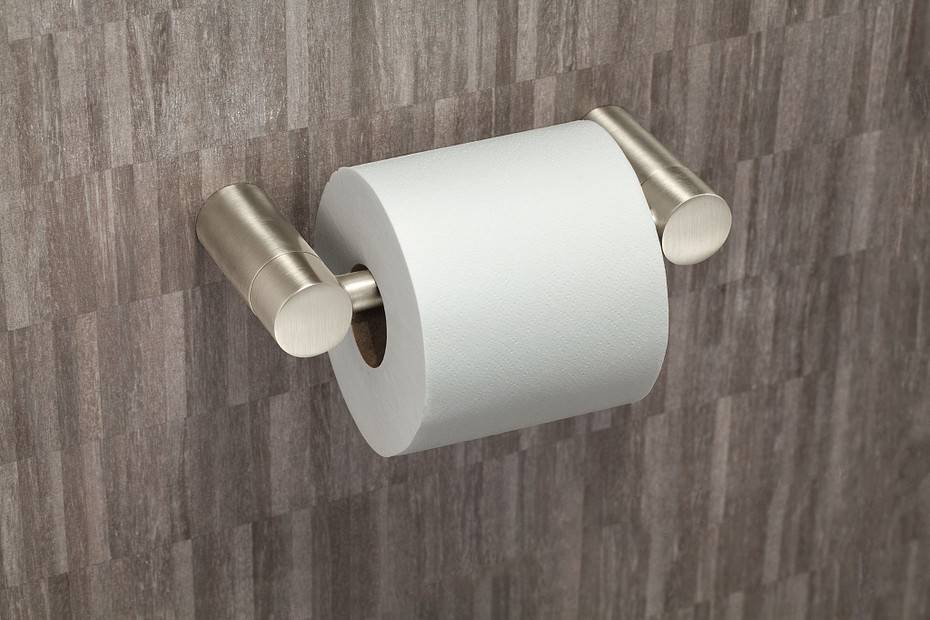
Such a small thing as a tissue paper holder can improve your bathroom’s design or make it look cheap and tasteless. There are so many choices on the market, but it is time to add brushed nickel items to your home.
Tissue paper holders are usually not so expensive and easy to install, so you can easily try different types and finishes to see what is the best for you.
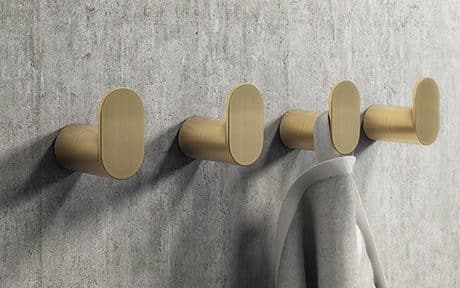
Robe hooks are must-haves for every bathroom. Each decor should be both stylish and comfortable. A good robe hook will add one more storage for your clothes, towels, and more.
Details are vital. If you are not confident enough to add something special to your design, small accessories such as hooks and tissue paper holders can be a safe way to start creating your unique bathroom.
To conclude, Brushed Nickel is the choice for you if you want something classy and durable but still affordable. Changing the finish from a standard chrome to a stylish brushed nickel, you can bring a comfortable and unique addition to your bathroom.
